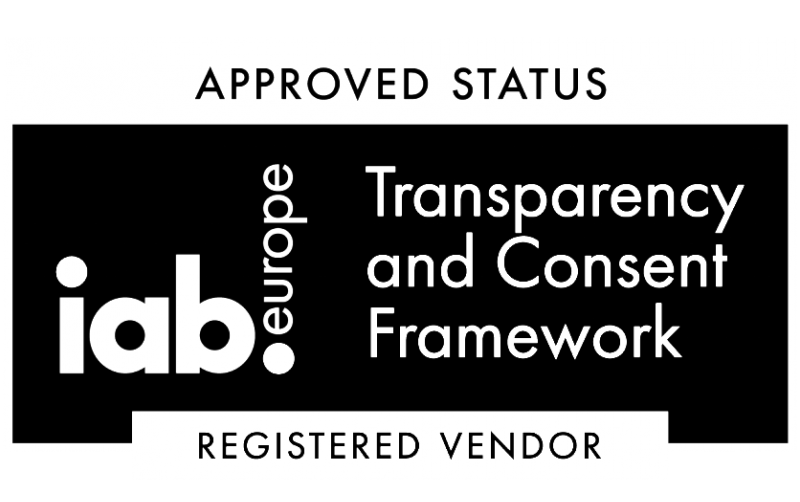The Art of Bootstrapping – Building a Business on a Shoestring Budget

Building a business on a shoestring budget requires ingenuity and, most important, planification. Quite too oftenly, SMBs (Small and Medium Businesses) carry out poor management due to the rising cost of regular business operations. The tightening of economic policies worldwide make entrepreneurship almost an impossible task. However, those with the right plan on the board will be able to manage these tides.
Why Do Small Businesses Start with a Limited Budget?
At the start of their journey, businesses don’t have access to significant resources. Therefore, they find themselves forced to rely on funding pools and savings. This is a key factor that keeps their scope limited in the initial stages. By first paying attention to building bases in the market the finances of the company automatically start to build up, providing leverage to the stakeholders to spend more on marketing and production steadily.
For startups and SMBs, the art of bootstrapping is the real thing to focus on in the early stages. It is a phase in which business stakeholders need to make smart decisions while keeping an eye on the future, while understanding the competition as well as their own current state in the market. It is advisable to work with reputed business consulting names to help them make the right moves.
Tips for Starting a Business on a Shoestring Budget
Launching a business on a restrained budget can lead to failure if not managed properly. Here are some tips that can help you overcome this obstacle.
Plan and Research Smartly
Conducting thorough market research is very important if you are starting a business on a low budget. It gives plenty of information about the market. By doing comprehensive prior research, you will get to know the exact target audience. This evaluation can be done by utilizing low-key market assessment tools such as online surveys, social media polls and more others.
Once the market research is completed, you can outline a detailed business plan knowing the constraints of your budget. It will give you a clear picture of what could be done to facilitate those people by staying within the limits of your financials. It will also allow you to plan all the expenses right from the start.
Only Buy What You Need
Startups should find ways to maximize output while using a limited set of resources.This will require careful planning and utilization of smart strategies to achieve the needed results. Once the initial goals are met, resource scaling will not prove to be a difficult job, as better financial conditions will give you the room to expand everything steadily. So, keeping the workplace simple yet effective at the start should be your top priority.
Offer Discounts and Freebies
Coming into the market as a startup, you might have to face stiff competition from the companies that are already established in the industry. You can initially go with exclusive discount offers to grab their attention. Besides discounts, you can also start campaigns offering free giveaways of particular products. These types of campaigns are time bound.
Utilizing Social Media Marketing
Social media marketing is a highly effective channel that allows you to target the masses without spending much money. Many companies have established themselves by just using the power of social media. It is certainly a cost-effective method that allows SMBs to promote and sell products without reaching physically to the customers.
It is a common perception that small companies with limited financial backups cannot score big in the market. Fortunately, there are some strategies which can help you to build an impact. These simple steps will boost your business and make it reach new heights.
Hailey Savona is an avid content marketer at Logo Poppin. She loves to talk and write about everything tech including the latest trends. When Hailey isn’t blogging, she likes to take her dogs to the park for a little game of catch.
Stay tuned!

- Contacto DPO: privacy@telecoming.com
- Finalidad del tratamiento: suscripción al blog.
- Legitimación del contrato: consentimiento.
- Destinatario de cesiones o transferencias: no se efectúan transferencias de datos fuera de la UE.
- Derechos de las personas interesadas: acceso, rectificación, supresión, oposición, limitación del tratamiento, portabilidad de los datos e interposición de reclamación ante la AEPD.



